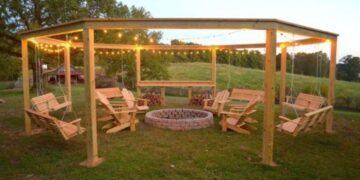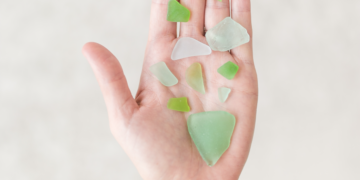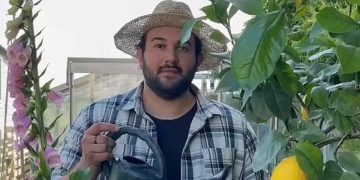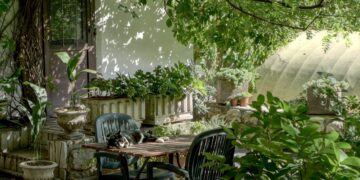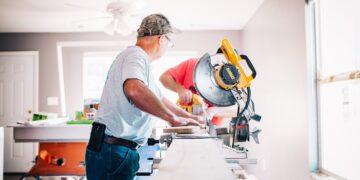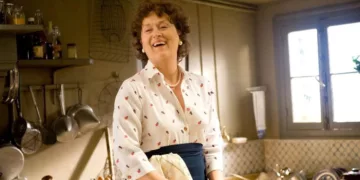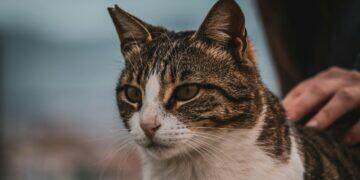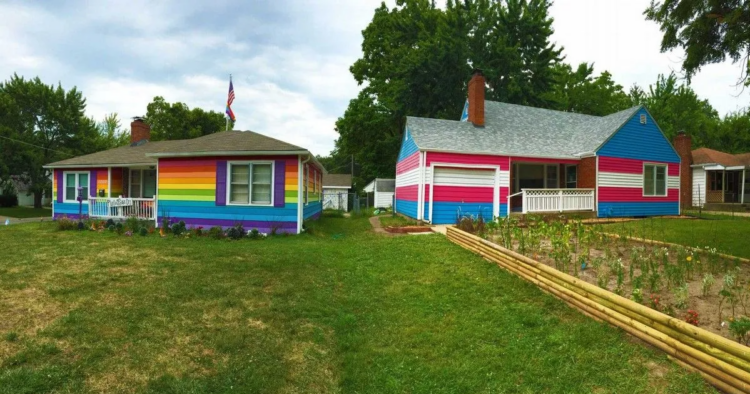What does equality look like to you?
For activist Aaron Jackson, it looks like a house painted in the colors of the Pride flag. Created in 2013, the Equality House is big, bold, and beautiful. More importantly, it serves as an important symbol of defiance in a neighborhood housing some not-so-tolerant people.
Let’s learn about the Equality House, shall we?
Meet the Equality House.

It’s the happiest, brightest house on the block! Located in Topeka, Kansas, the Equality House was purchased by Planting Peace founder Aaron Jackson in 2012. He had one specific goal in mind: make it LGBTQIA+ inclusive.
Much like the community’s modern origins, the Equality House came to be as an act of protest.
It is located directly across the street from the Westboro Baptist Church, which has a long history of being against LGTBQIA+ rights.
Let’s get back to what really matters though, shall we?

Jackson may have painted the house as an act of defiance, but it quickly became a symbol of hope, love, and equality for all who see it. What was once a short-term art piece is now a haven for the community.
The side of the house is covered in welcome graffiti.
After the house was vandalized with anti-LGBTQIA+ rhetoric, Jackson took matters into his own hands and decided to create a wall everyone was welcome to write words of love and affirmation on.
Jackson has big plans for the future of the house.

During the COVID-19 pandemic, he used the house to house homeless people.
In the future, he hopes to turn the house into a LGBTQIA+ museum, which I think would be a lovely tribute!
The Equality House isn’t alone anymore.

Meet the Mott House! Painted with the colors of the transgender flag, the Mott House was painted in 2016 and stands right next to the Equality House. It even has a little community garden in front of it!
It got its name from a noted trans activist.

“It was renamed the Mott House in March 2019 to honor Kansas’ greatest transgender activist, the late Stephanie Mott,” the Mott House’s website reads.
Stephanie was a writer and activist. You can read her work here .
You can visit both houses whenever you want.
They’re both open to the public!
“Feel free to walk on the property, take photos, and show your pride. Take some veggies or pull some weeds in our community garden.”
You can also donate to keep both houses running here .


